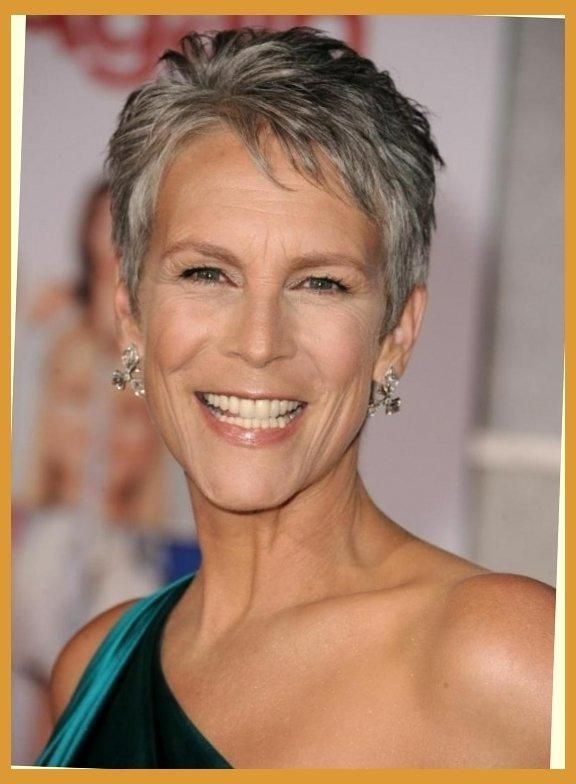A hairstyle means the styling of hair, usually within the human scalp. Sometimes, this will also mean an editing of facial or body hair. The fashioning of hair can be viewed an aspect of private grooming, fashion, and cosmetics, although practical, cultural, and popular considerations also influence some hairstyles. The oldest known depiction of hair braiding extends back about 30,000 years. In ancient civilizations, women's hair was often elaborately and thoroughly dressed in special ways. In Imperial Rome, women wore their hair in complicated styles. From the time with the Roman Empire[citation needed] prior to the Middle Ages, many women grew their hair so long as it would naturally grow. During the Roman Empire plus the 16th century inside western world, women did start to wear their hair in extremely ornate styles. In the later half on the 15th century and so on into the 16th century a really high hairline for the forehead was considered attractive. During the 15th and 16th centuries, European men wore their hair cropped don't than shoulder-length. In the early 17th century male hairstyles grew longer, with waves or curls being considered desirable.The male wig was pioneered by King Louis XIII of France (1601–1643) in 1624. Perukes or periwigs for males were introduced in to the English-speaking world along with other French styles in 1660. Late 17th-century wigs were extended and wavy, but became shorter inside the mid-eighteenth century, through which time we were holding normally white. Short hair for fashionable men would be a product on the Neoclassical movement. In the early nineteenth century the male beard, plus moustaches and sideburns, developed a strong reappearance. From the 16th to the nineteenth century, European women's hair became more visible while their hair coverings grew smaller. In the middle from the 18th century the pouf style developed. During the First World War, women world wide started to shift to shorter hairstyles which are easier to manage. In the early 1950s women's hair was generally curled and worn in a range of styles and lengths. In the 1960s, many women started wear their hair to put it briefly modern cuts such as pixie cut, while from the 1970s, hair quite longer and looser. In both the 1960s and 1970s countless men and women wore their hair long and straight. In the 1980s, women pulled back their hair with scrunchies. During the 1980s, punk hairstyles were adopted by many people.
Related Images with Cute Short Brown Hairstyles \u2013 CircleTrest
20 Photo of Low Maintenance Short Haircuts

Komentar
Posting Komentar